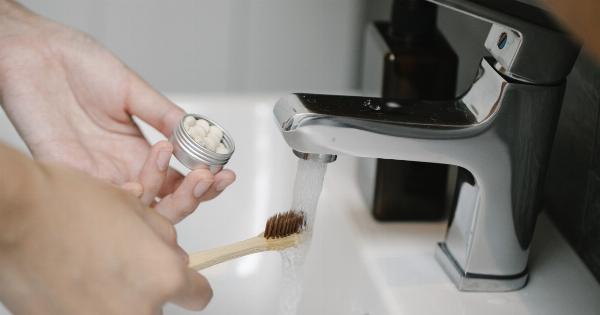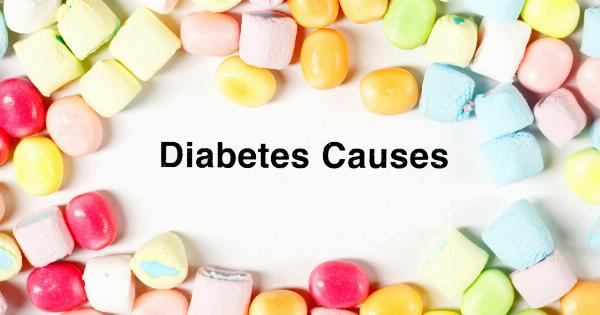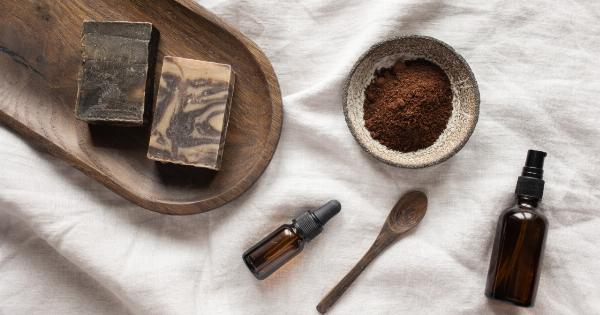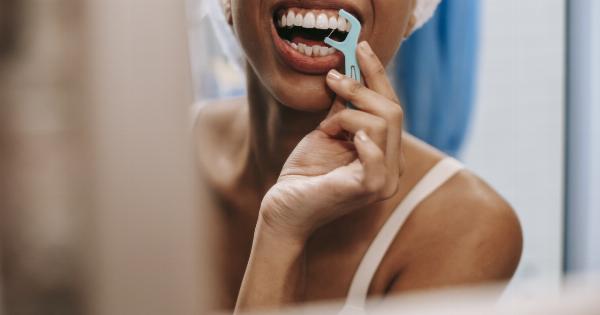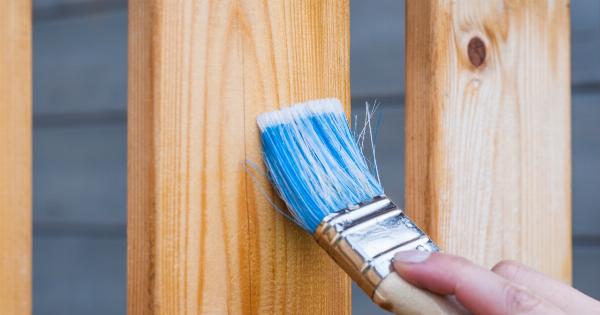Fluid retention, also known as edema, is a condition where there is an excessive accumulation of fluid in the body tissues. It can cause swelling, puffiness, and a feeling of heaviness in the affected areas.
While there can be various causes of fluid retention, including heart or kidney problems, hormonal changes, and certain medications, there are several simple steps you can take to combat this condition. Here are eight simple steps to help you manage fluid retention:.
1. Drink plenty of water
Drinking enough water is vital when it comes to preventing fluid retention. It may sound counterintuitive, but drinking more water can actually help flush out excess sodium and other toxins from your body, which can cause fluid buildup.
Aim for at least eight glasses of water per day, and try to drink more if you are very physically active or live in a hot climate.
2. Reduce your salt intake
Excessive salt (sodium) intake can lead to fluid retention in the body. When you consume too much salt, your body holds onto water to dilute the sodium concentration in your blood.
To reduce your salt intake, avoid processed and packaged foods, such as canned soups or sauces, which are often high in sodium. Instead, choose fresh or frozen fruits and vegetables, and use herbs and spices to flavor your meals.
3. Exercise regularly
Regular exercise can improve circulation and help prevent fluid buildup in the body. When you move your muscles, they act like a pump, pushing excess fluid back into the circulatory system.
Aim for at least 30 minutes of moderate exercise, such as brisk walking or cycling, most days of the week. However, if you have health issues that limit your ability to exercise, talk to your doctor before starting any new physical activity.
4. Elevate your legs
If you suffer from fluid retention in your legs, elevating your legs several times a day can help promote drainage of excess fluid. Sit or lie down and prop up your legs on cushions or pillows, keeping them above the level of your heart if possible.
5. Wear compression stockings
Compression stockings can help prevent fluid buildup in the legs by applying pressure to the veins and improving circulation. They can be especially beneficial if you are traveling or sitting or standing for long periods.
Talk to your doctor about whether compression stockings are suitable for you and which type to use.
6. Massage the affected area
Regular massage of the affected area can help stimulate circulation and promote drainage of excess fluid. You can use a gentle, circular motion with your fingers or a massage roller.
However, avoid applying too much pressure or using deep tissue massage, as it can worsen the condition.
7. Avoid alcohol and caffeine
Alcohol and caffeine can both cause dehydration, which can lead to fluid retention. They also put extra strain on your liver and kidneys, which can make it harder for your body to eliminate excess fluid.
Avoid or limit your intake of alcohol and caffeine, and instead, choose water, herbal tea, or other non-caffeinated drinks.
8. Maintain a healthy weight
Being overweight or obese can increase your risk of fluid retention, as it puts extra pressure on your blood vessels and lymphatic system. Losing weight can help improve circulation and reduce the risk of fluid buildup.
However, make sure to lose weight gradually and in a healthy way, as crash diets or extreme weight loss can also cause fluid retention.

